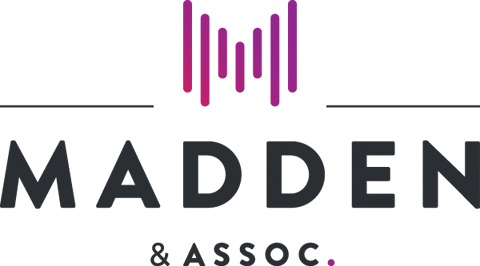In the first part of this three-part blog, we discussed why attempts at creating ‘thought leadership’ can actually undermine your ability to cut through the clutter and ensure that your voice is heard effectively. In part two, we discuss the key issues to consider in the execution phase.
- Don’t skimp on the quality of research. If your piece of content involves research, your ability to make meaningful and credible generalisations on a topic will be hindered by small, unrepresentative, and skewed or geographically concentrated sample sizes. Your audience will sense that you may be trying to stretch data too far to make generalisations that your research can’t meaningfully support.
If you want your content to be taken seriously, ensure you have the budget in time and money to be able to execute research properly. ‘Research’ that is blatantly self-serving or thinly disguised product-pushing, or whose conclusions don’t reflect the underlying data, undermines the credibility of your efforts, and your audience will recognise this, with consequences for their perception of your organisation.
- Invest in the quality of your writing and analysis. Your audience is likely to be curious about what you have to say to them, so don’t squander their goodwill.
If you’re presenting research findings, make sure that your content provides analysis, interpretation and insight for the reader, rather than merely summarising data. Check names, dates, figures, tables and graphs carefully for any errors of fact or interpretation, as well as spelling. These small things can undermine confidence in your content and in the credibility of your overall thought leadership initiative.
People are generally time-poor and have shorter attention spans than used to be the case, so focus on readability. If your content is to be published online, keep it short and where possible, break up long paragraphs into shorter blocks of text.
Be succinct and make every word count. Your writing should not be so dense that your reader has to have two or three attempts to try and understand what you’re saying. Long-winded multi-clause sentences can often be a problem. One useful tip is to read your material out loud to yourself. If you find yourself running out of breath before you reach the end of a sentence, it’s a good signal of the need for more economical expression.
- Think visual. Remember that many people absorb information more easily when it’s displayed visually rather than in blocks of text, so consider whether you can communicate concepts through images as well as in writing.
- Don’t skimp on design and effective presentation. Quality content and design should work hand-in-hand to present material as effectively as possible. This should include elements such as appropriate layout of text on the page; consistency in use of colours and fonts; using subheadings to break up large amounts of text; summarising key points in bullet point breakout boxes; and use of images.
- Acknowledge the efforts of others – including your competitors. Genuine thought leadership involves stepping back, looking at the bigger picture, and giving your audience insights on a key issue that’s significant for them. If appropriate, this should include acknowledging and crediting the contributions and achievements of your competitors. Your audience will appreciate that rising above your own organisation’s narrow commercial considerations means that you’re making the effort to deliver something genuinely insightful and useful for them.
Phillip Gray is Head of Content with Madden & Associates. He is responsible for providing strategic communications content services enabling the firm’s clients to enhance their engagement with their audiences, strengthen their reputation and brand value, and support their business and revenue growth.

